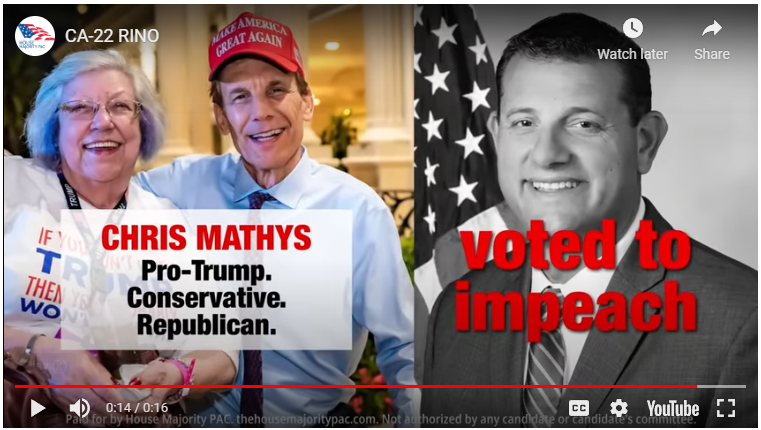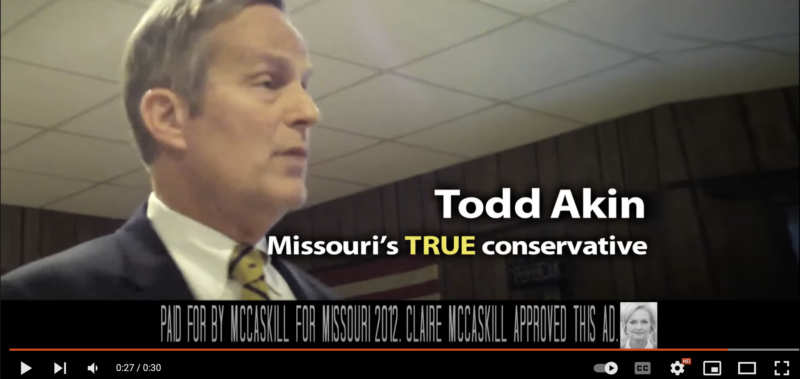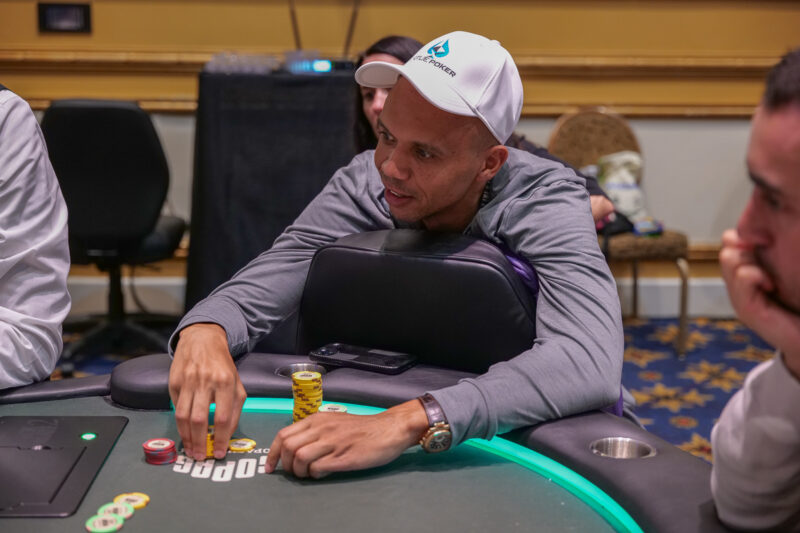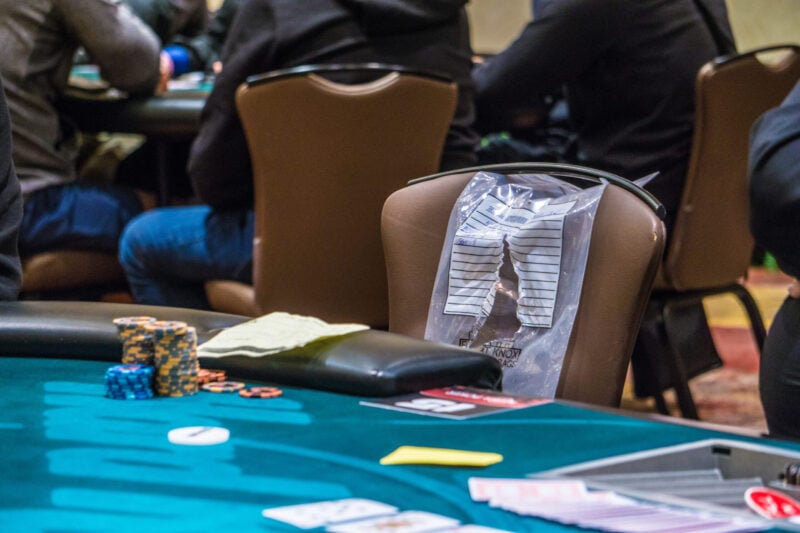Yes, you read that headline right. Democrats bought ads, and not just a few of them, for extremist Republican candidates in the primaries. One party supporting a specific candidate in the other party’s primary isn’t unheard of, but it’s become far more common — and controversial — this year than before.

The idea behind buying ads for the other side in the primaries is to choose an opponent who would be easier to beat in the general election. A PAC supporting Nancy Pelosi ran ads in California, for example, to support pro-Trump candidate Chris Mathys in the Republican primary this year, but he still lost and that money was wasted. Other attempts to skew the field have been more successful.
From California to Michigan, Democrats are “supporting” Republican candidates in primary elections whom by all measures they find deplorable. OpenSecrets.org estimates they’ve spent $44 million on such ads. While it’s a controversial tactic in political circles, it made me wonder about the potential advantages of this strategy.
Trump and election math
This election cycle, with a sharply divided Republican party, offers far more opportunities than any in recent history for Democrats to face a Republican primary winner whose views are unpopular with the majority of Americans. So, the Democrats spent big on the Republican primaries this time around. Any close race probably saw ads supporting heavily pro-Trump candidates that were paid for by liberal PACs.
The key in these situations is to find views that are popular with the base of the opposing party, but that aren’t held by the majority of the voters in the district. Trump is a perfect example of this in many districts where races will be close.
If 60% of Republicans in a district believe the election was stolen, but only 30% of likely voters in the general election believe this, then the election denier will have a good chance in the primary, but a tough road ahead in the general election.
The Democrat who faces this opponent, and hammers on the election denial and support of Trump in a district where these views aren’t popular, stands a good chance of winning, even in a district where Republicans are usually favored.
Politics and poker aren’t so different
These political calculations are reminiscent of tournament poker. It costs money to run those ads, which is essentially reducing the Democrats’ starting stack in the heads-up match. But, if they can get a much weaker opponent that they believe they can beat heads up, it can be money well spent.
This exact tactic worked for Claire McCaskill in 2012 when she ran ads to help Todd Akin win the Republican primary and then trounced him in the general election.

Picture a situation where you can start a heads-up match against Phil Ivey with 100 big blinds, or you can start with 80 big blinds against a much weaker opponent. I’ll take the weaker opponent every time. And that isn’t the only advantage that can come from this approach.
The Democrats’ play has more going for it. First, they are increasing the focus on the election deniers, which they believe bodes well for them in the long run. And if they get a bunch of election deniers in general elections, and public sentiment turns against the idea, they can use that for years to come.
The tactic may also chase moderate candidates out of the Republican party by making the party appear to be more extremist than it really is. Some of those moderates might have even become contenders in the future if they’d stuck around. Keeping potential opponents from getting the valuable experience and name recognition of a general election run, while giving that experience to an election denier who you think will soon be irrelevant, bodes well for Democrats long-term.

Downside for Democrats
The downside is that if they fail, they could end up with a bunch of extremist Republicans in congress. In the words of my liberal mother-in-law when I told her about these primary crossover ads, “That’s a dangerous game isn’t it?” The answer, from the perspective of a career politician in a two-party system, is probably no.
We have to focus on what actually matters to most politicians. There are certainly some politicians whose only goals are to make the world a better place and to help their side advance an agenda they think will help people. But that approach doesn’t pay anything, nor does it help them win elections. For most politicians, the only real goal is to get elected again and again.
Remember, these are really good-paying jobs, and even politicians who aren’t making shady backroom deals or working for lobbying organizations after they leave office, are still making good money. A member of congress makes $174K per year, plus per diems and benefits. If they serve more than five years, they can get a great pension starting around age 62 as well. They’ll fight hard to keep those jobs and, as a result, most of them care more about winning than about who will be in office if they lose.
There are even more advantages to facing an extremist candidate in the general election and most of them have to do with — no surprise here — money. It’s a lot easier to raise money if you’re facing a candidate who’s seen as an extremist by your own party’s base. This allows the candidate to make up some of that money they spent on the opposing side’s primaries if their gambit works.
+EV political fundraising
The biggest fundraisers for the Democrats in this election cycle are Donald Trump, Marjorie Taylor Greene, and Lauren Boebert. When politicians viewed as extremists gain power, the other side rakes in tremendous amounts of cash. The Republicans have raised piles of cash on Alexandria Ocasio-Cortez and Ilhan Omar, for example, by presenting them as extremists who must be stopped.
“We need your money to stop the evil fascists!” shout the Democrats, while the Republicans send fundraising emails about the communists who are coming to take away your guns and your freedom if you don’t donate today. The more they can portray the other side as dangerous, fringe-dwelling whackos, the more money they can get from their base. So a loss to an extremist might not be a loss at all.
This makes the play even better for Democrats because, even if they lose, they win when it comes to fundraising and talking points going into the next election. And that isn’t all. There are even more reasons why this tactic is so good in this particular election cycle.
Democrats are also hoping to capitalize on the significant number of moderate Republicans who are unhappy with their party. There’s a fracture in the Republican party that Democrats would like to see turn into a real break. If they can get extreme right-wingers into the general elections, some of the more moderate Republicans will be disillusioned.
They may not vote at all, helping Democrats to win elections all the way down the ballot. And the real coup would be to have a fraction of those discontented Republicans become independents or even start voting for the occasional Democrat.
Keeping the bubble alive
This brings up another parallel with single-table tournaments. The bubble is so important in those tournaments with a flat payout structure, that if there is not a super-short stack, the big stack may be able to profitably shove all-in on every hand because no one wants to go broke next and be the bubble.
But, if there’s one very short stack, this no longer works because they know they can’t outlast the other players and sneak into the money. And busting the shorty ends the chance to apply bubble pressure if it breaks the bubble. So, attacking the middle stacks while letting the small stack survive is a great way to pile up chips.
The bigger stacks won’t want to go broke and miss the money, so they’ll let you rob them blind while they wait for the small stack to go broke. And when it’s the small stack’s big blind? The big stack will often fold and let them live so they can continue to steal blinds from the rest of the table.
The Democrats don’t want the bubble to break until they have as many chips as possible. They want to be facing an opponent who is short-stacked and they want a mountain of chips in front of them.
Spending a few dollars to make sure that the weaker candidate wins the primary gives them a chance to fill their war chests by fundraising against extremism with scare tactics and those scare tactics do double duty by attacking their opponent while they raise piles of cash. “We need your donation today or this guy that we ran ads for in the primary is going to win and that would be a disaster.”
It may not be great ad copy, but the basic idea actually works. In fact, it might even be worth it for a party overall to help an extremist from the other side not only win their primary, but win their general election as well.
How much extra cash were Republicans able to raise because Ilhan Omar won her general election? How many extra dollars did Democrats get from Marjorie Taylor Greene’s controversial statements?
So, beating an extremist is easier, and losing to an extremist isn’t really that big a disaster. Beating a moderate is much tougher, and losing to a moderate is a real disaster because they may hold that seat for generations while remaining tough to raise money against.


